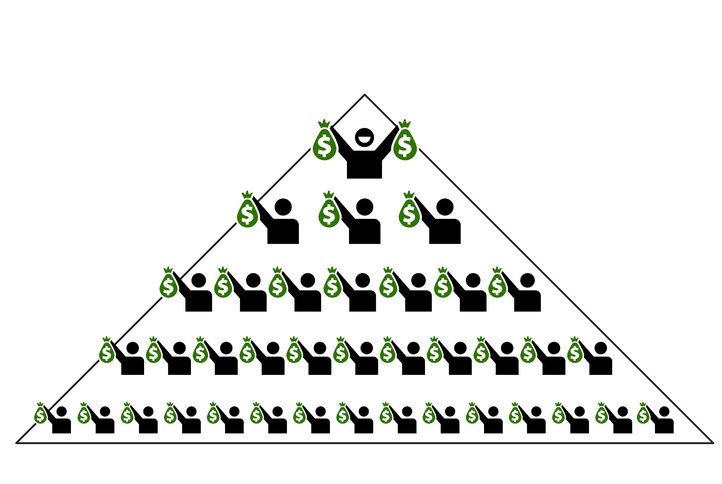Legislation funding the federal government expires September 30. Congress must pass another spending bill by then to avoid a shutdown, but lawmakers remain at odds.
Standoff Over Health Coverage
Last week, the Republican-controlled House cleared a stopgap measure to continue funding through November 21. It was then blocked by Senate Democrats; Republicans hold 53 seats in the upper chamber, seven shy of the necessary 60-vote threshold. Although they only had leverage to stall the measure in the Senate, congressional Democrats are broadly opposed to the House-passed bill. Chief among their concerns is that it does not address time-sensitive health care issues, such as the expiring Affordable Care Act tax subsidies.
While Democrats are hoping the impasse will bring Republicans to the negotiating table, the latter have yet to show interest in a bipartisan approach. Instead, in an effort to limit legislative debate and options, Republican leaders adjourned the House and Senate until September 29, mere hours before the deadline.
In an effort to limit legislative debate and options, Republican leaders adjourned the House and Senate until September 29, mere hours before the deadline.
Seeking a workaround, Senate Minority Leader Chuck Schumer (D-NY) and House Minority Leader Hakeem Jeffries (D-NY) requested a meeting with President Trump to discuss a path forward. Although he initially agreed, Trump canceled the meeting yesterday amid Republican concerns. Also on Wednesday, the White House Office of Management and Budget (OMB) took the highly unusual step of instructing federal agencies to prepare for mass layoffs in the event of a shutdown. This is a sharp departure from longstanding OMB policy that is likely to escalate tensions and entrench divisions.
What Happens Next?
Unless the House and Senate pass identical spending legislation by October 1, federal government funding will lapse. Not all programs will be affected or affected in the same way. Federal agencies—including the Centers for Medicare & Medicaid Services (CMS) and the Social Security Administration (SSA)—publish shutdown contingency plans that outline their anticipated responses, including what functions would cease and how many employees would be furloughed.
Medicare, Medicaid, and Social Security services are less vulnerable to any lapses that may occur.
While the posted plans may change, essential Medicare, Medicaid, and Social Security services are expected to continue under a potential shutdown. Critically, these programs are not funded through the legislation that is set to expire next week, so are less vulnerable to any lapses that may occur. Unlike many other federal programs, they do not require regular congressional approval for annual funding or to keep running. However, they may not be fully insulated—some operations have ties to impacted dollars, which could result in delays or interruptions.
As the Committee for a Responsible Federal Budget notes, this has happened in the past. Under prior shutdowns, “some services associated with mandatory programs may be diminished if there is a discretionary component to their funding. For instance, during the 1996 shutdowns…Social Security checks continued to go out, but staff who handled new enrollments and other services, such as changing addresses or handling requests for new Social Security cards, were initially furloughed.”
“…some services associated with mandatory programs may be diminished if there is a discretionary component to their funding.”-Committee for a Responsible Federal Budget
With respect to the current situation, CMS and SSA have yet to release this level of detail. Those decisions are ultimately dependent on links to expiring funding, White House directives, and agency discretion. A shutdown may hit at a perilous time, as Social Security in particular is already operating with historically lean staffing.
Take Action Today
As Congress contemplates key federal funding and health care decisions, now is the time to make your voice heard. Read more about how to reach your lawmakers here.




























